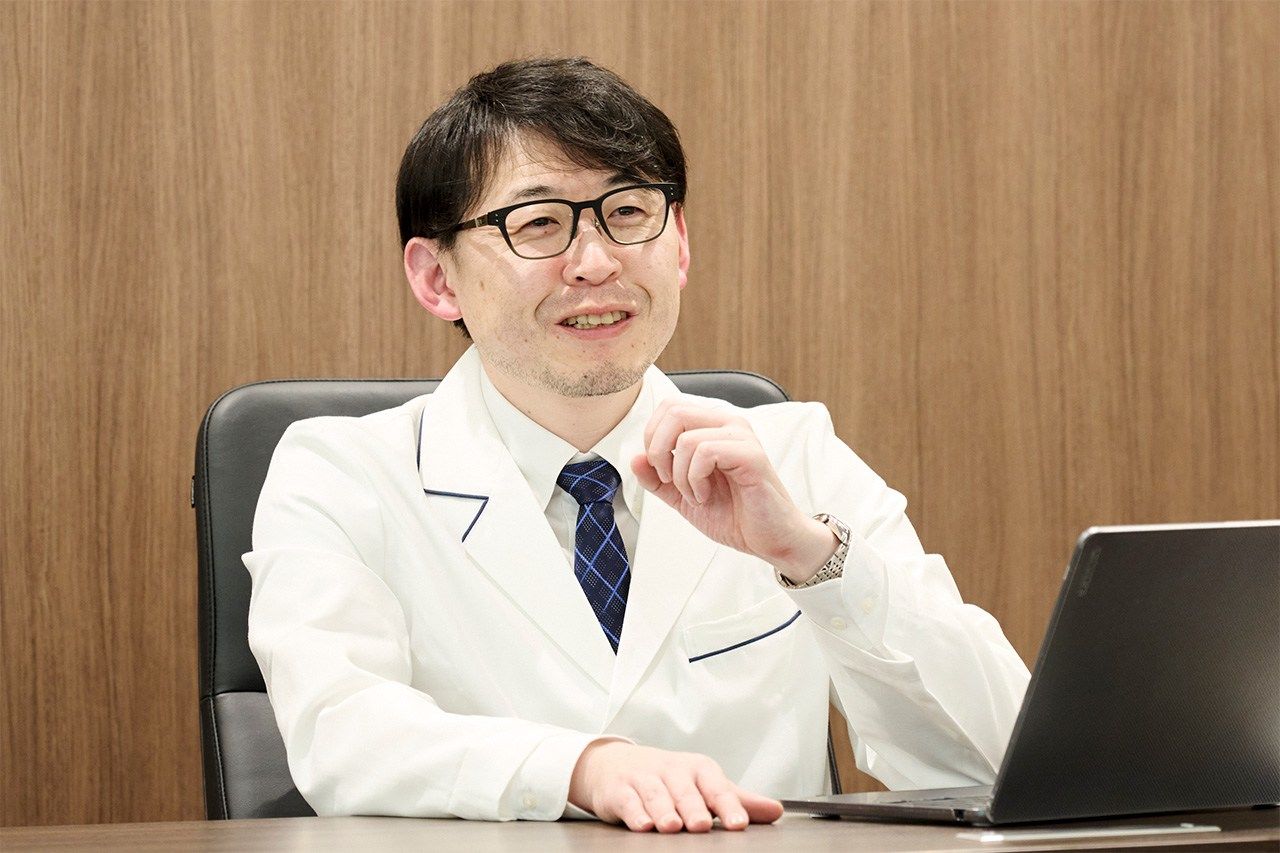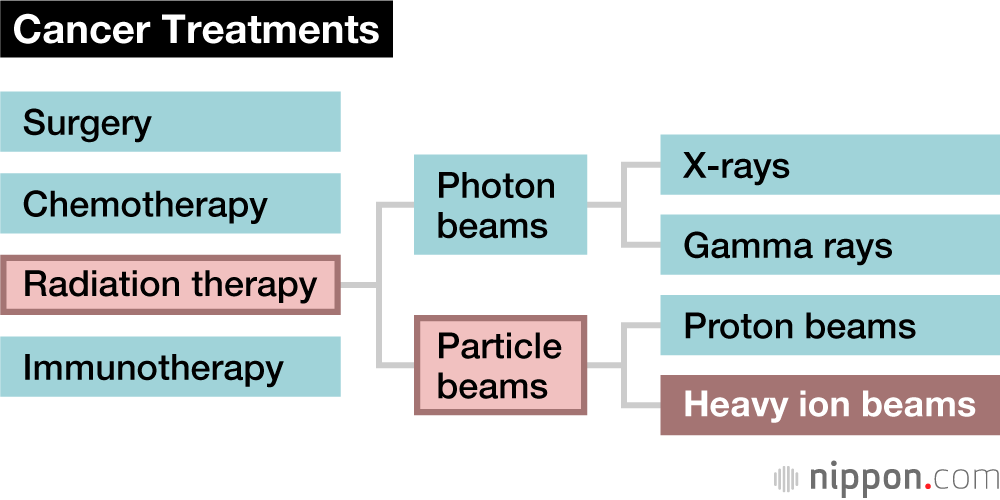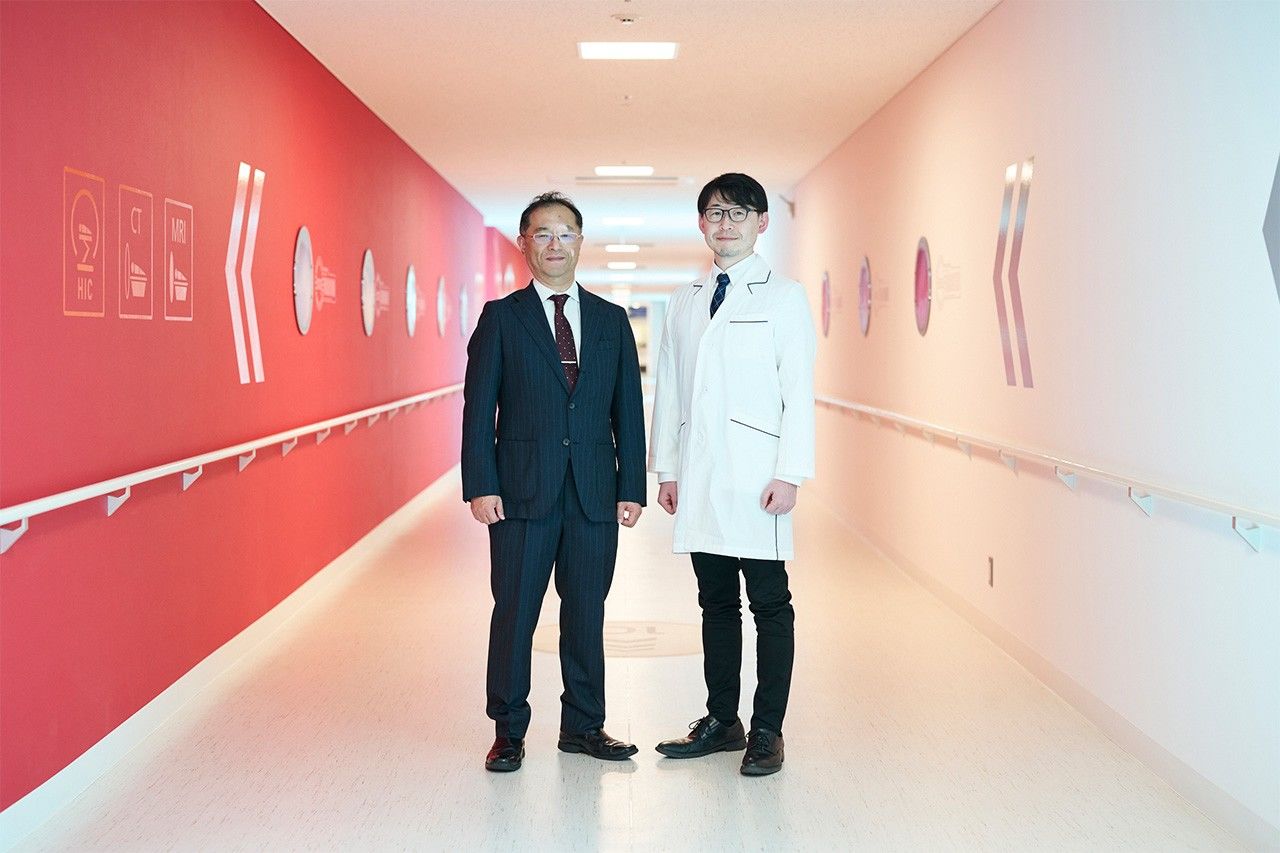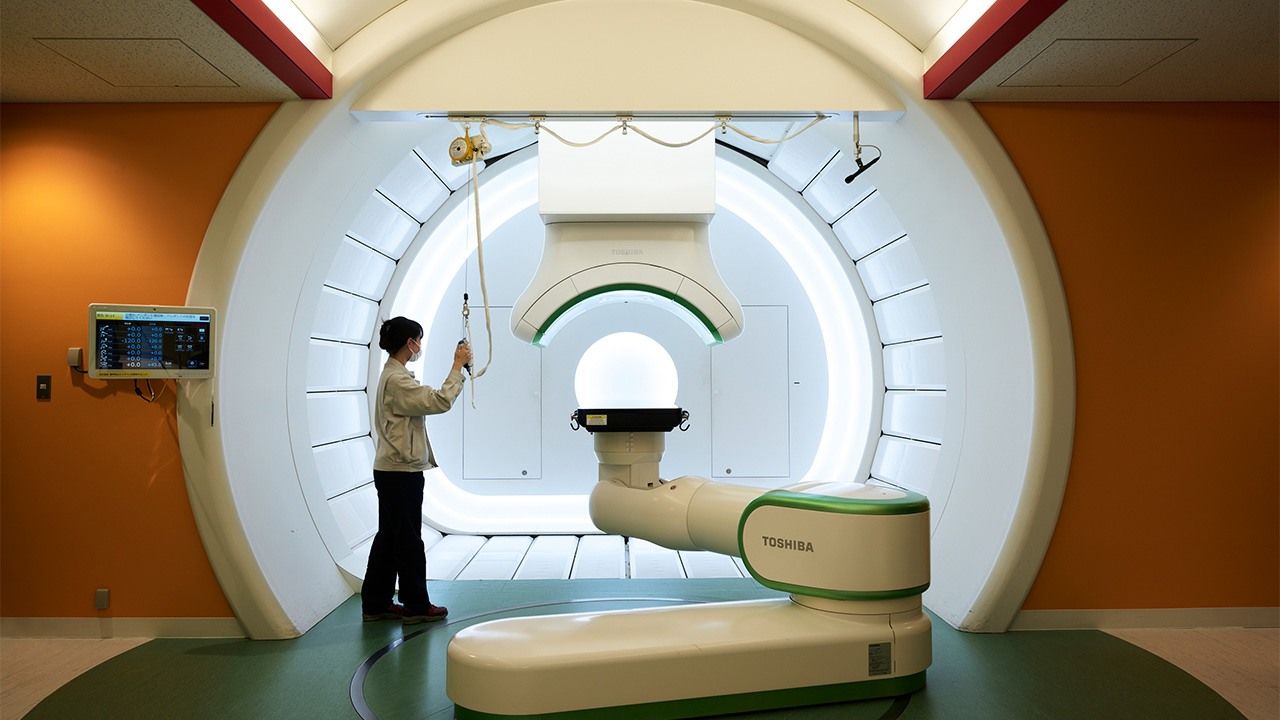
Yamagata University’s East Japan Heavy Ion Center: A Growing Hub of Medical Tourism
Economy Travel Health- English
- 日本語
- 简体字
- 繁體字
- Français
- Español
- العربية
- Русский
A Nonsurgical Option for Cancer Treatment
Heavy ion therapy is a type of cancer radiation treatment that uses beams of carbon ions to directly target and destroy cancer cells. The treatment is in growing demand as it is more effective than traditional radiation therapies and comes with a lower risk of side effects.
The East Japan Heavy Ion Center at Yamagata University is the only facility in northern Japan offering the therapy. Satō Hiraku, the facility’s director of carbon-ion radiotherapy, states the effectiveness in laymen’s terms. “Heavy ion rays are roughly three times as biologically effective as standard X-rays,” he explains, “making them a promising option for nonsurgical treatment and control of cancer.” Offering prostate cancer as an example, he says that five years after irradiation the rate of non-recurrence and control of cancer in patients is 90%. “For lung and liver cancer, as well, the control rate for heavy ion therapy is in the range of eighty to ninety percent.”
The mechanism by which heavy-ion rays destroy cancer cells is the same as with X-rays or protons, but the beams, which are accelerated to 70% the speed of light, are more effective at severing both strands of DNA. Unable to repair the damage, the cells die. The technology has garnered attention as a new approach to treating radiation resistant cancer, such as osteosarcoma.
Precision Targeting of Cancer Cells
Heavy ion beams can focus radiation on specific cancerous areas, limiting damage to surrounding healthy cells and reducing the risk of side effects. This effectiveness and efficiency allows for shorter treatment cycles than traditional approaches. A single course lasts from 10 to 30 minutes, sparing patients the pain associated with other types of radiation therapy.
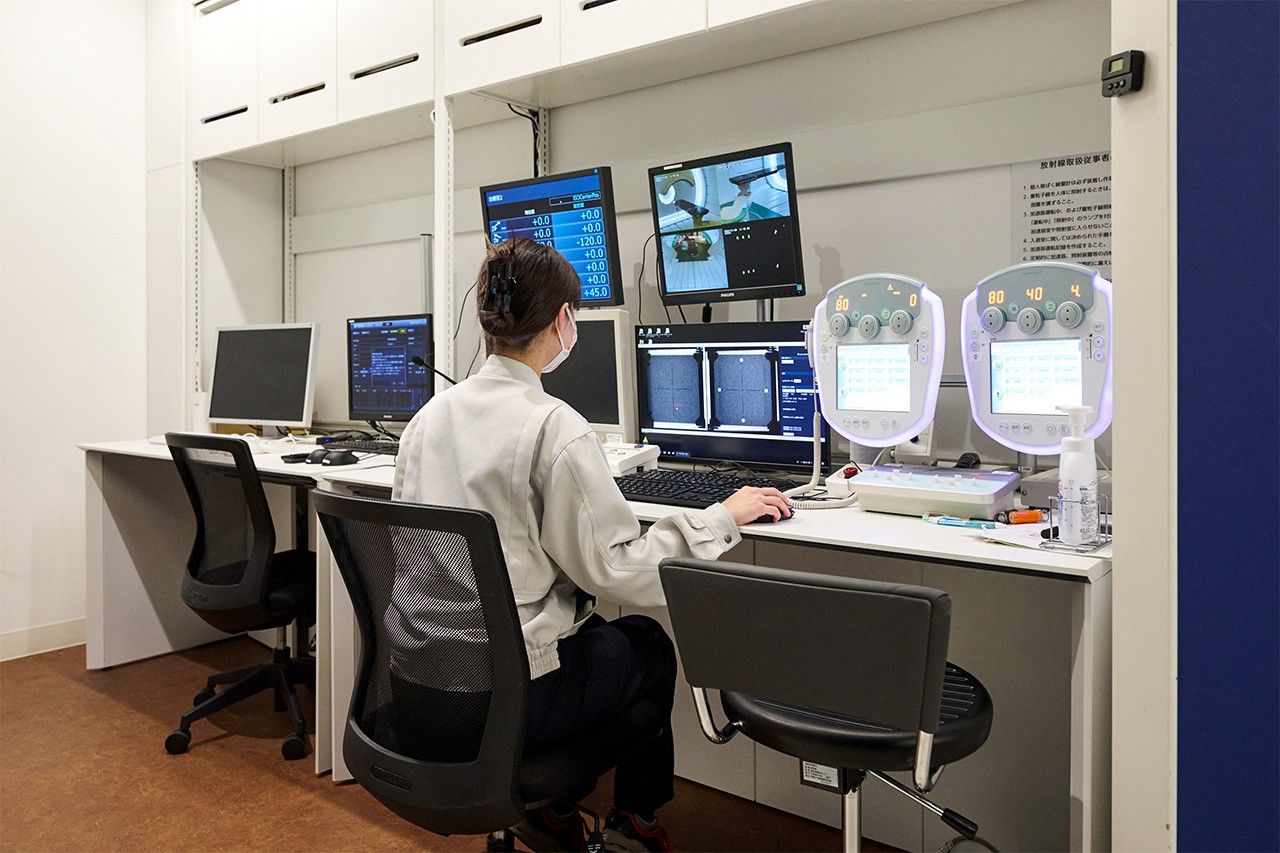
The treatment control room of the East Japan Heavy Ion Center. (© Itō Mikako)
World Leader
As the first country to achieve clinical application of heavy ion therapy, Japan has lead the way in the use and advancement of this revolutionary cancer treatment. Research of heavy ion therapy in the United States began in the 1970s but had all but halted just two decades later. By comparison, research started in Japan in 1984, with the first clinical use of the technology coming in 1994. Research and development have continued unabated, turning Japan into a leader in the field.
There are currently 15 institutes in the world offering heavy ion radiation therapy, seven of which are in Japan. Subsequently, Japan now accounts for 80% of the world’s heavy ion therapy treatments.
Coordinating with a University Hospital
The East Japan Heavy Ion Center is Japan’s newest facility for this treatment.
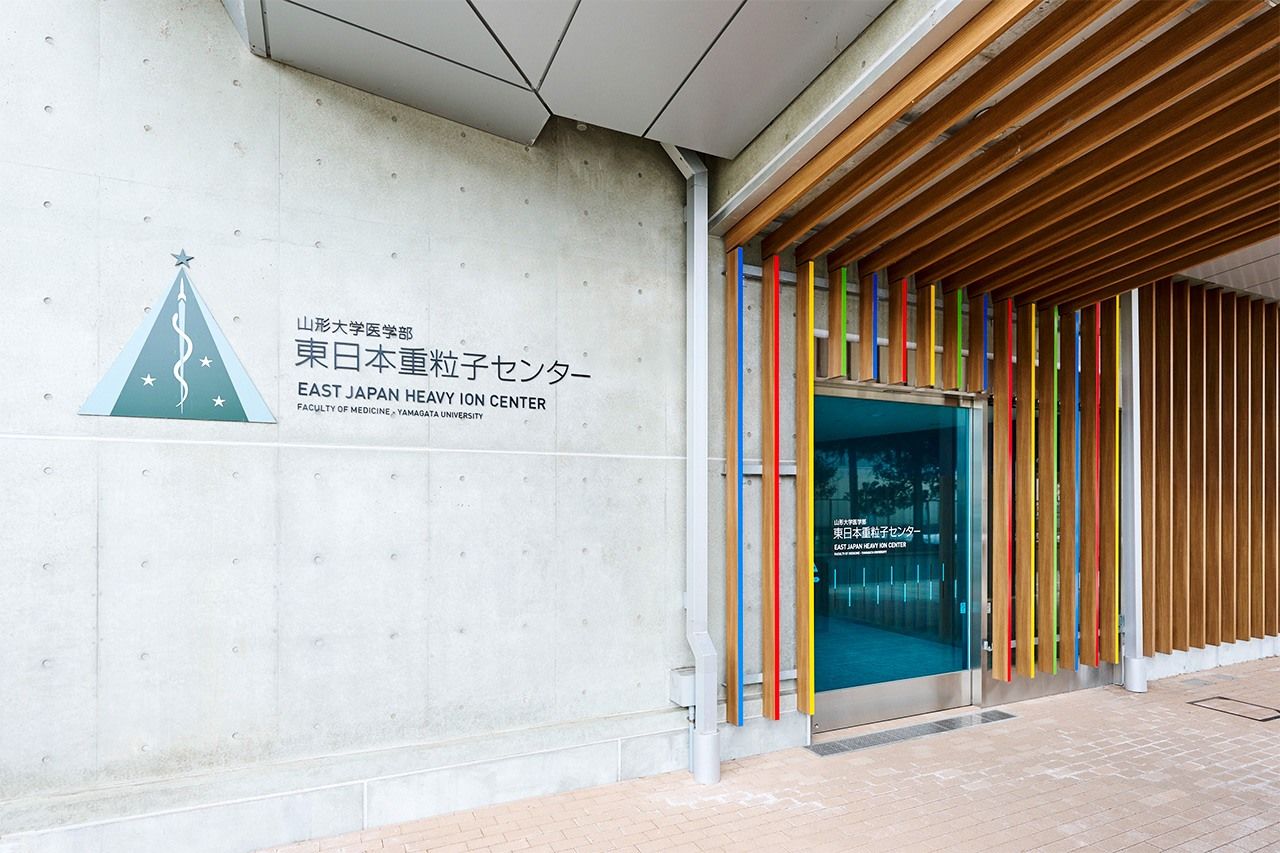
The entrance to the East Japan Heavy Ion Center. (© Itō Mikako)
That center is attached to the Yamagata University Hospital, making it the only radiotherapy facility in the world connected to a general medical hospital. The partnership provides the facility access to all the resources of the medical university, giving patients extra piece of mind. Iwai Takeo, the center’s director and professor in Yamagata University’s Department of Heavy Particle Medical Science, explains that the connection expands treatment options. “With heavy ion therapy, there are some cases where we also use surgery or chemotherapy based on the type or position of the cancer,” he says. “Being within a general hospital allows for smoother communication between doctors and the creation of better treatment strategies.”
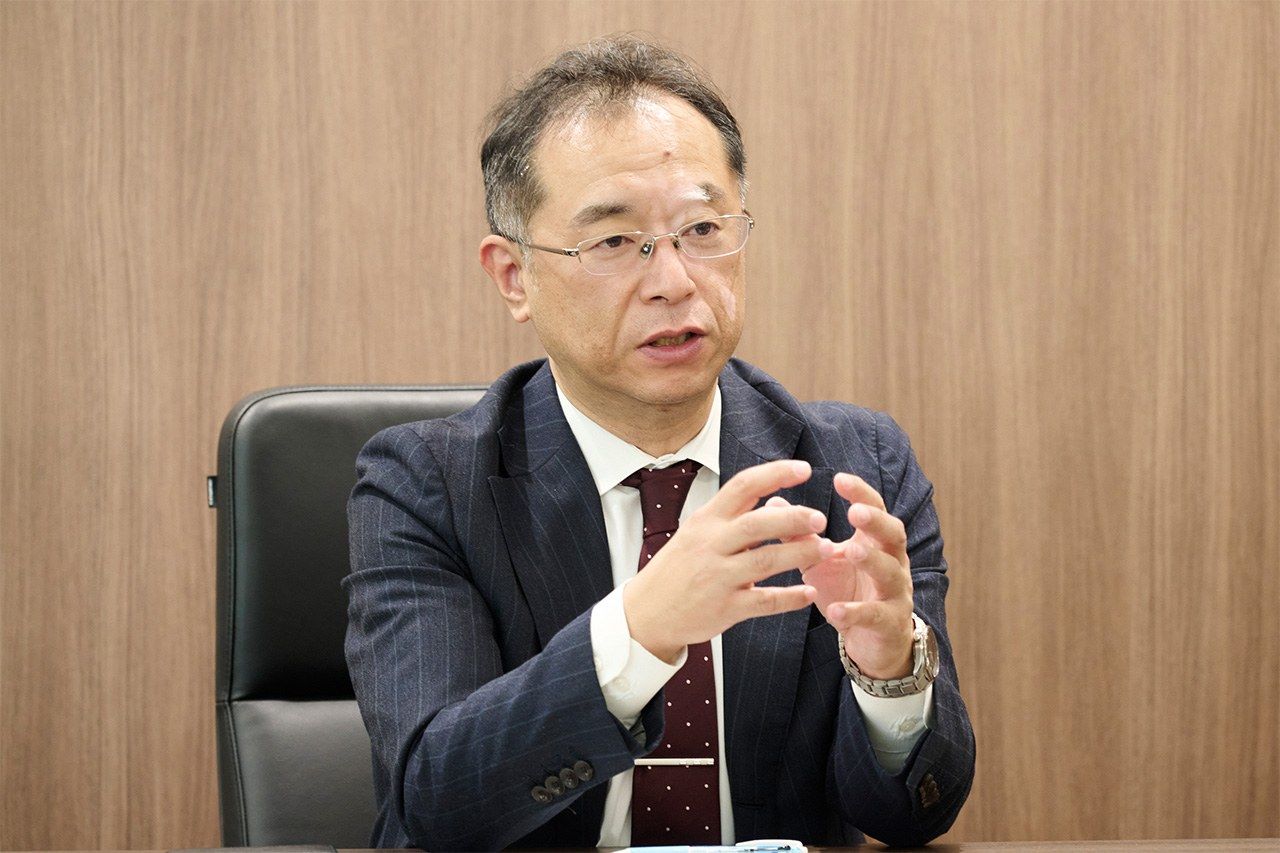
East Japan Heavy Ion Center director Iwai Takeo. (© Itō Mikako)
Improved Comfort
The center is equipped with a rotating gantry treatment machine, one of only three in the world. Conventional equipment can only irradiate in a horizontal or vertical orientation, making it necessary to adjust patient posture to focus beams on tumors. However, a rotating gantry enables the beam emitter to rotate 360 degrees during irradiation, allowing patients to remain in a more comfortable prone position during treatment.
The center’s rotating gantry is of a more compact and lighter design than other types. But even so, it is 10 meters long and weighs in at a 200 metric tons. The price of the machine matches its girth, with the center having invested ¥15 billion in the equipment.
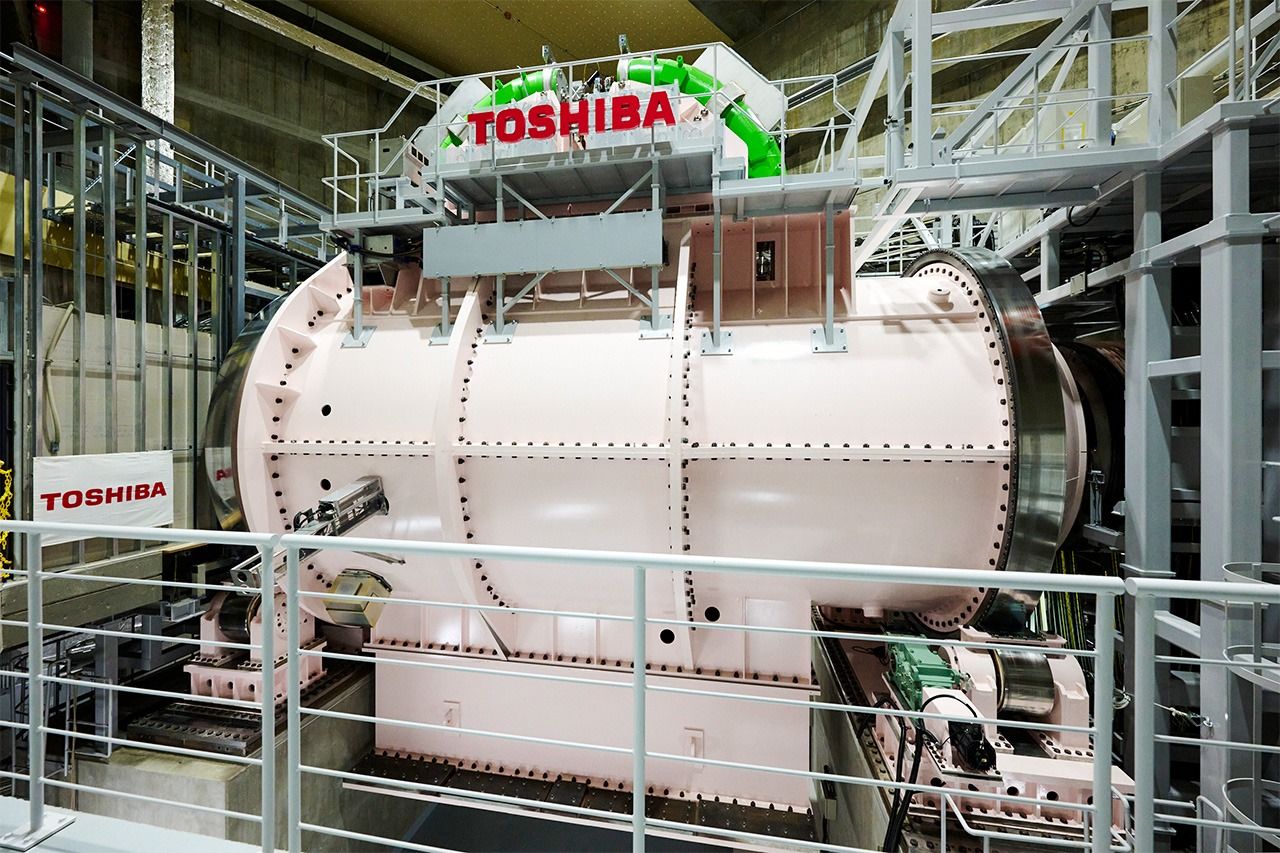
The center’s rotating gantry. (© Itō Mikako)
The center began offering radiation treatment for prostate cancer in 2021. Research has progressed, with new therapies becoming available as the safety of treatments are confirmed. The center now offers most cancer treatments provided for under the public health insurance system and subsidiary program for advanced medical procedures.
Ion therapy is an expensive option, however. Patients pay tens to hundreds of thousands of yen in copayments for radiation treatments through the public insurance system, whereas therapies not covered by the national health plan can cost more than ¥3 million. Patients from overseas who receive treatment may pay in excess of ¥4 million. Despite the high cost, Satō says that the center is seeing more inquiries from outside Japan.
“Of the some 1,500 patients treated at the center to date,” explains Satō, “only three have been medical tourists. But we’ve received over 60 inquiries through an overseas medical care coordinator.” He adds that the facility has been unable to accept most due to their overall condition or other factors, but he feels confident that this will change. “Once we have established an admittance system, I think we’ll be able to offer more care to patients from outside Japan.”
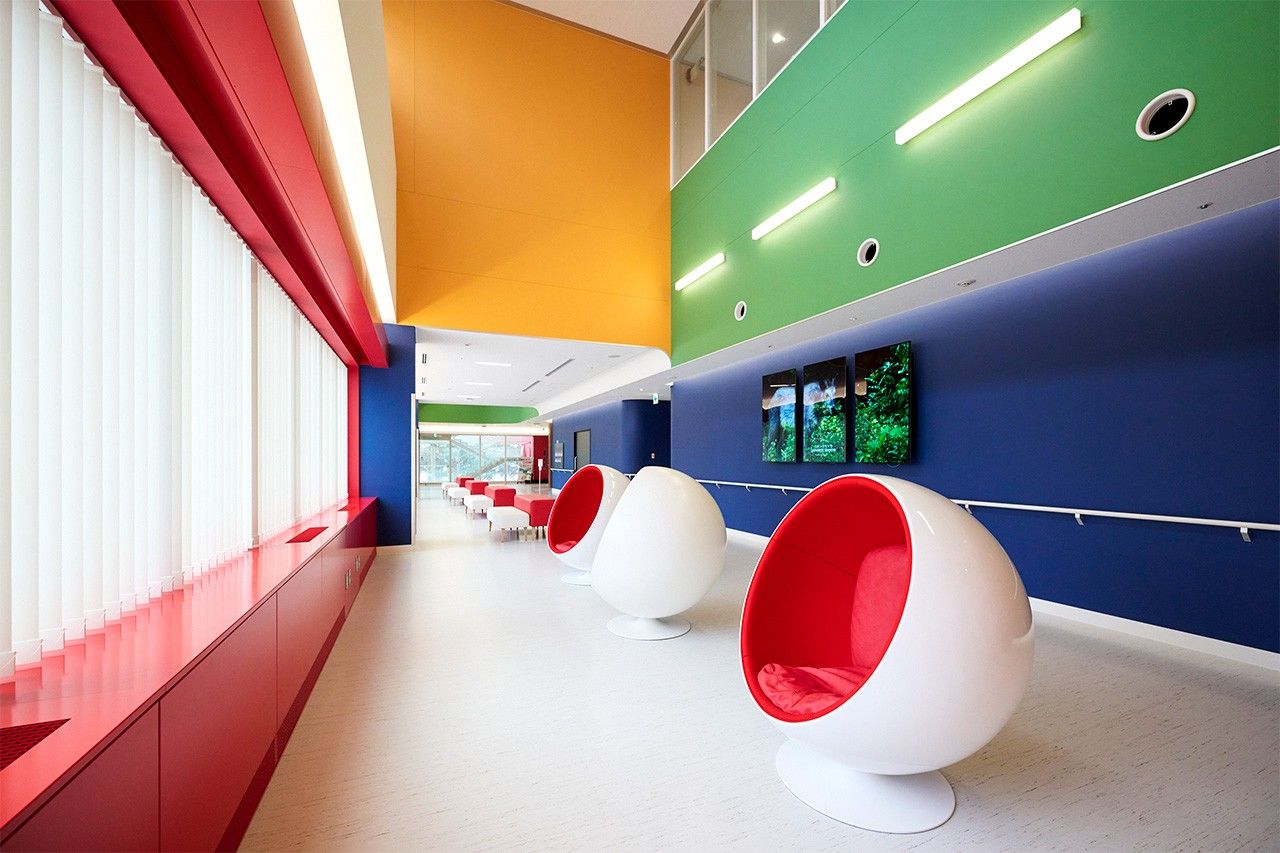
The center’s entrance hall. (© Itō Mikako)
Treatment, Onsen, and Gourmet Dining
The government has endorsed the center as part of its program Japan International Hospitals, an initiative that recognizes medical facilities set up to admit medical tourists.
The center has contracted with medical coordination companies to expand admittance, and Iwai is enthusiastic about collaborating with different groups to create a specialist department within the center. “At its founding, the center received funding from the national and local governments, as well as from local companies,” he says. “Travel and accommodation businesses also provided funds in the hope that the center could help to expand inbound tourism to the area. We would like to live up to those expectations.”
A little over three hours by Shinkansen from Tokyo Station, Yamagata offers an array of tourism draws, including over 130 hot springs and the natural scenery of Mount Zaō and the Mogami River. It is also known for its gourmet delights like Yonezawa beef, cherries, and sake. Efforts are underway to bolster tie ups with local sightseeing and dining resources to turn the East Japan Heavy Ion Center into a destination for medical tourism.
In March 2023, major tourism firm Yamashin Kankō took the lead in announcing tailor-made tours for overseas visitors hoping to receive treatment at the center. As part of the packages, the company prepared accommodations and air tickets and helped with obtaining visas.
Prefectural, municipal, and other organizations as well as businesses coordinated in offering these tours, which combined sightseeing with medical treatment, as a way to boost the regional economy. As an initiative that has the support of so many local stakeholders, it seems certain to succeed in expanding the prefecture’s inbound medical tourism and inject new life into local communities.
(Originally published in Japanese. Interview and text by Sugihara Yuka and Power News. Banner photo: The rotating gantry irradiation room at the East Japan Heavy Ion Center. © Itō Mikako.)

